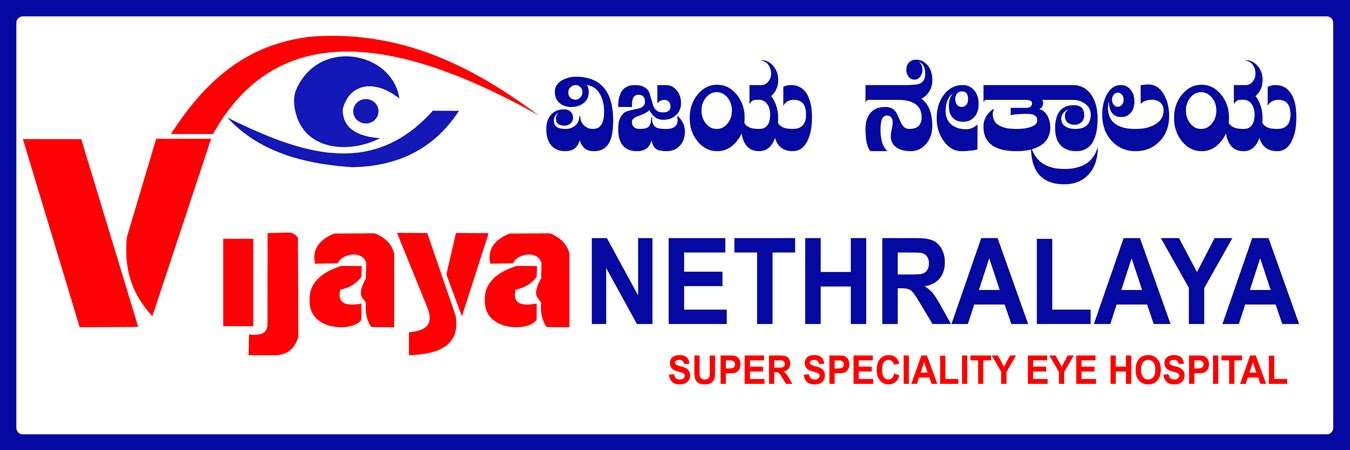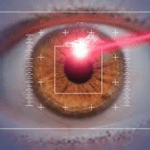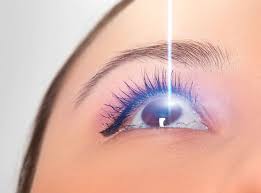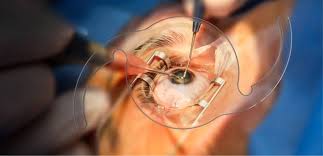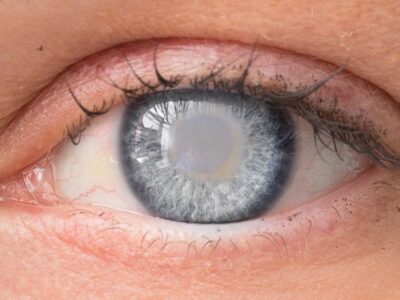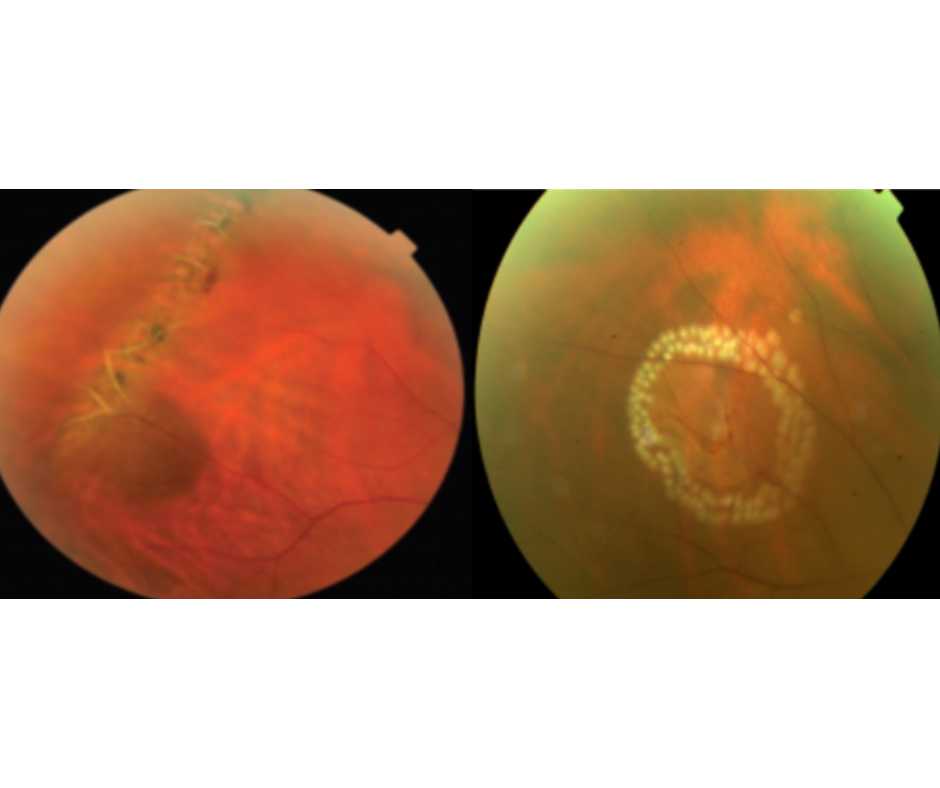Introduction
In recent years, laser eye procedures have revolutionized the field of ophthalmology, offering patients safe and effective solutions for various vision problems. Whether it’s LASIK for refractive errors, PRK for corneal reshaping, or laser treatments for glaucoma and cataracts, these procedures have significantly improved visual outcomes for millions worldwide. The use of laser technology in ophthalmology ensures high precision, reduced recovery time, and minimal discomfort for patients.
This comprehensive guide will explore the different types of laser eye procedures, their benefits, risks, recovery process, and frequently asked questions. If you are considering a laser procedure for your eyes, this article will help you make an informed decision.
1. What is a Laser Eye Procedure?
A laser eye procedure is a medical treatment that uses highly focused laser beams to reshape, repair, or remove parts of the eye’s tissue to correct vision problems or treat eye diseases. The laser allows ophthalmologists to perform precise modifications with minimal invasiveness, making it a preferred method for vision correction and disease management. Unlike traditional eye surgeries that require incisions and stitches, laser procedures offer a much safer and quicker alternative.
These procedures are performed using different types of lasers, including:
- Excimer Lasers: Used for corneal reshaping in procedures like LASIK and PRK.
- Femtosecond Lasers: Used for creating precise corneal flaps and in cataract surgery.
- YAG Lasers: Used for treating secondary cataracts and glaucoma.
- Argon Lasers: Used in treating retinal conditions like diabetic retinopathy.
Each type of laser serves a specific function in eye treatment, ensuring customized solutions for various eye conditions.

2. Features of Laser Eye Procedure
Laser eye procedures have several distinguishing features that make them superior to traditional surgical techniques. These features include:
- High Precision: Laser technology allows accurate targeting of affected areas, ensuring precise tissue removal or reshaping.
- Minimally Invasive: Reduces the need for incisions and stitches, leading to faster healing.
- Quick Recovery: Most procedures have a short recovery time, with many patients returning to normal activities within days.
- Reduced Pain: Local anesthesia and advanced laser technology minimize discomfort during and after the procedure.
- Enhanced Vision Quality: Provides significant improvement in visual acuity, often eliminating the need for glasses or contact lenses.
- Versatile Applications: Can treat various conditions, including myopia, hyperopia, astigmatism, cataracts, and glaucoma.
- Long-Term Results: Most patients experience lasting vision correction with minimal risk of regression.
- Reduced Dependence on Glasses or Contacts: Many patients achieve 20/20 vision or better, improving their quality of life.
- Lower Risk of Infection: Since laser procedures do not involve large incisions, the risk of post-surgical infections is significantly lower.
3. Types of Laser Eye Procedure
3.1 LASIK (Laser-Assisted In Situ Keratomileusis) Laser procedure
LASIK is the most popular laser eye surgery used to correct refractive errors such as myopia (nearsightedness), hyperopia (farsightedness), and astigmatism. The procedure involves:
- A femtosecond laser is used to generate a precise, thin flap in the cornea, enabling advanced vision correction procedures.
- An excimer laser is employed to reshape the corneal tissue beneath the surface, improving the eye’s focusing ability.
- Repositioning the flap without stitches, allowing for natural healing.
Advantages of LASIK:
- Fast recovery time (typically 24-48 hours).
- Minimal discomfort.
- High success rate (over 96% of patients achieve 20/20 vision or better).
Disadvantages:
- Not suitable for people with very thin corneas.
- Potential risk of dry eyes and halos around lights at night.

3.2 PRK (Photorefractive Keratectomy) Laser procedure
PRK is a vision correction procedure similar to LASIK, but it differs by not requiring the creation of a corneal flap.
Advantages of PRK:
- Suitable for people with thin corneas.
- Eliminates the risk of flap complications.
- Ideal for athletes and individuals in physically demanding jobs.
Disadvantages:
- Longer recovery time compared to LASIK.
- Temporary discomfort during healing.

3.3 SMILE (Small Incision Lenticule Extraction) Laser procedure
SMILE is a minimally invasive laser procedure that corrects myopia and astigmatism by creating a lenticule (disc of tissue) within the cornea, which is then removed through a small incision.
Advantages of SMILE:
- Faster recovery time than PRK.
- No corneal flap, reducing complications.
- Less risk of dry eye syndrome.
Disadvantages:
- Limited to treating myopia and mild astigmatism.
- Not widely available compared to LASIK and PRK.

4. Cost of Laser Eye Procedure
| Procedure | Cost Per Eye (Approx.) |
|---|---|
| LASIK | $2,000 – $3,000 |
| PRK | $1,800 – $2,500 |
| SMILE | $2,500 – $3,500 |
| Cataract Surgery | $3,000 – $5,000 |
| Glaucoma Laser Treatment | $500 – $2,000 |
Factors Affecting the Cost:
- Technology Used: Newer laser systems cost more.
- Surgeon’s Expertise: Surgeons with extensive experience may charge higher fees due to their specialized skills and expertise.
- Clinic Location: Prices vary based on geographical location and hospital facilities.
- Pre- and Post-Surgical Care: Additional consultations and follow-ups may impact the total cost.
5. Benefits of Laser Eye Procedures
- High Precision – Lasers provide extreme accuracy, ensuring optimal results.
- Quick Recovery – Many procedures offer minimal downtime.
- Reduced Dependency on Glasses & Contacts – Life-changing improvement for vision correction.
- Minimally Invasive – Less tissue damage compared to traditional surgeries.
- Long-Term Results – Most procedures provide permanent vision improvement.
6. Risks and Potential Complications
While laser procedures are generally safe, potential risks include:
- Dry eyes – Common after LASIK and PRK.
- Glare and halos – Some patients experience light sensitivity.
- Undercorrection or Overcorrection – May require enhancement procedures.
- Flap complications – Specific to LASIK surgery.
7. Who is a Suitable Candidate for Laser Eye Surgery?
Ideal candidates:
- Are at least 18 years old (eyes should be fully developed).
- Your vision prescription should remain stable for at least one year before considering surgery.
- Do not suffer from severe dry eyes or autoimmune diseases.
- Have healthy corneas and no active eye infections.
8. Recovery and Aftercare
- Refrain from rubbing your eyes during the initial days after the procedure.
- Use prescribed eye drops to prevent infections and dryness.
- Wear protective eyewear when sleeping.
- Limit screen time and exposure to bright light.
- Attend follow-up appointments to monitor healing progress.
9. Conclusion
Laser eye procedures have transformed vision correction and disease treatment, offering safe, effective, and long-term solutions for various eye conditions. Whether you are looking to get rid of glasses with LASIK or treat serious conditions like glaucoma, laser technology provides a promising future in ophthalmology.
If you are considering a laser eye procedure, consult with a qualified ophthalmologist to determine the best option for your vision needs. With proper care and the right treatment, you can enjoy clear, sharp vision for years to come!
Author Details:
Dr. Sushruth Appajigowda holds a prominent position as a Cornea, Cataract, Glaucoma, and LASIK Surgeon in Bangalore. He serves as the chief Cataract and Refractive surgeon at Vijaya Nethralaya Eye Hospital, Nagarbhavi Bangalore. Renowned as one of the finest LASIK surgeons nationwide, he brings with him over 12+ years of experience across multiple LASIK platforms, including ZEISS, ALCON, SCHWIND, AMO, and Bausch and Lomb. Having successfully conducted over 5000 LASIK procedures, Dr. Sushruth holds the title of a Certified Refractive Surgeon and a Fellow of the All India Collegium Of Ophthalmology. Furthermore, he stands as a distinguished speaker at various National and International Forums, using his expertise to guide you in selecting the most suitable procedure based on your health requirements.

http://vijayanethralaya.com/link-in-bio/
10. FAQs:
Q1: Is laser eye surgery painful?
No, it is virtually painless as numbing eye drops are used.
Q2: How long does the procedure take?
Most laser eye surgeries take 10-15 minutes per eye.
Q3: How soon can I return to work?
Many patients return to work within 24-48 hours after LASIK, but recovery varies by procedure.
Q4: Can laser eye surgery be reversed?
No, but enhancements can be done if necessary.
Q5: Will my vision worsen over time?
Laser surgery provides long-lasting correction, but age-related changes like presbyopia may still occur.
